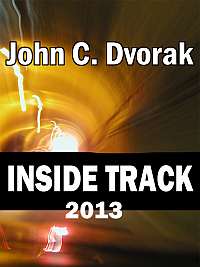
FIC, Flu News Office,1933 Sequences in 2004 Korean H1N1 Swine Isolates Raise Concern — Here’s one of the first stories about the loss of the 1933 virus. The major media has not covered this story at all prefering commentary about Paula Abdul. The story is now nearly six months old and there is an underground buzz beginning to emerge. Something is up.
The swine sequences released by GenBank this week would appear to be cause for concern. Six of the isolates were from swine in South Korea and they have both reassorted and recombined genes (between a common Korean avian, H9N2 sequences and genes virtually identical to WSN/33). This is of significant concern because WSN/33 is a neurotropic component of WS/33, the first human influenza virus isolated. WSN/33 was obtained from serial passages of WS/33 in mouse brains in 1940. It is lethal in mice and is H1N1 so it should also readily infect humans. The N in WSN has lost a glycosylation site and binds plasminogen to facilitate HA cleavage.
Two of the swine isolates are H1N1 and they have the same alteration which abolishes the glycosylation site. These two isolates, A/swine/Korea/S10/2004 and A/swine/Korea/S109/2004 have 7 WSN/33. Only PB2 is related to Korean H9N2 isolates. 4 other swine isolates are H9N2 and have 3-5 WSN/33 genes.
It would seem that swine shedding H1N1 virus from 1933 would pose a serious health threat. The 1933 virus has significant homology with the 1918 pandemic strain and was actually isolated for the study of neurotropic disease caused by the 1918 pandemic strain.
It seems that people born after 1933 would have limited immunity to the H1N1 virus isolated from the swine in South Korea .
related links
Influenza Intrigue by Bill Sardi
Tidbit from Rense.com
We do not know how extensively the bird flu, H5N1, is in North Korea. As we know, North Korea at first refused to admit bird flu had broken out…which may well have allowed H5N1 to spread even more.
I also wonder why NO ONE is bringing up the fact that the WSN/33 human influenza genes have been found in pigs in South Korea.
IF H5N1 spreads south into South Korea and hits the WSN/33 infected pigs, the pandemic might begin.
Interesting irony:
A picture of Australians in 1919 covered up to prevent from getting the killer flu of that era.

Look familiar?














